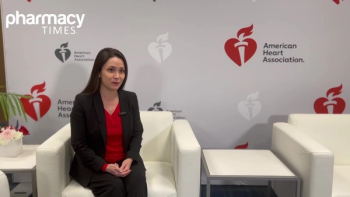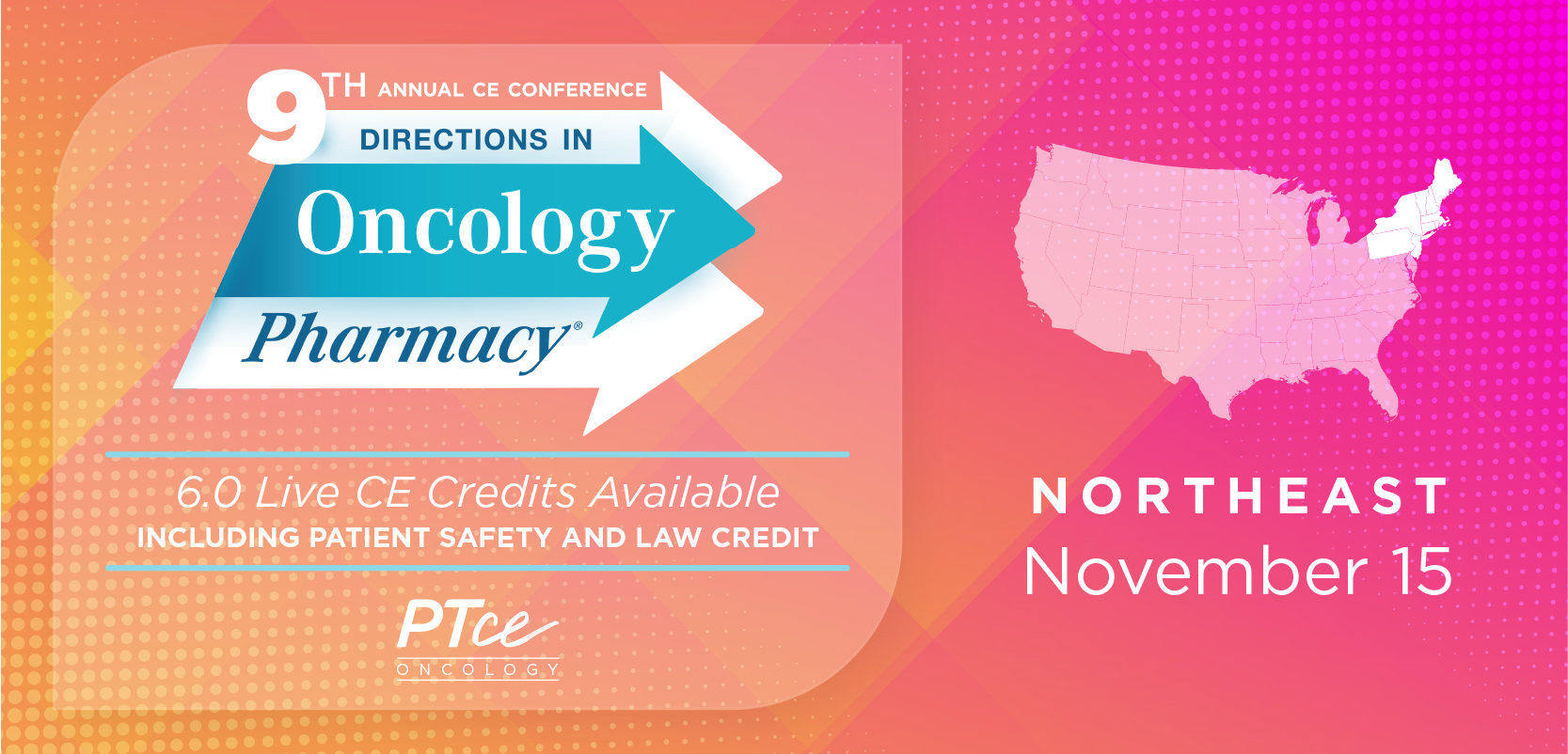
The Dual Burden of CAR T-Cell Therapy: Financial and Time Toxicity in the Era of Precision Oncology
CAR T-cell therapy revolutionizes cancer treatment but poses significant financial and logistical burdens, impacting patient access and outcomes.
Chimeric antigen receptor (CAR) T-cell therapy has transformed outcomes for patients with relapsed or refractory hematologic malignancies. However, its promise comes at a steep cost—financially, logistically, and psychologically. As CAR T expands into earlier lines of treatment and new cancer types, the burden on patients, caregivers, and the health care system warrants critical attention.
Financial Toxicity: Beyond Drug Price
Although the list price of CAR T therapies ranges from $373,000 to $475,000, the true cost of care regularly exceeds $1 million when hospitalization, toxicity management, and indirect institutional costs are included. According to Savage et al., nearly half of patients reported moderate to severe financial toxicity, even when insured.1
Financial toxicity in CAR-T therapy represents the profound economic burden that this groundbreaking treatment imposes on patients, families, and health care systems. While CAR-T therapy offers potentially curative outcomes for patients with relapsed or refractory hematologic malignancies, it carries an extraordinary price point, with treatment costs frequently exceeding $400,000 to $500,000 per patient.
This financial burden creates a devastating paradox: patients who have found hope in a potentially life-saving therapy may find themselves unable to access or complete treatment due to economic constraints. The consequences extend far beyond the immediate treatment costs, encompassing a cascade of related expenses, including extensive pre-treatment workups, prolonged hospitalizations, intensive monitoring for cytokine release syndrome and neurologic toxicities, specialized supportive care, and comprehensive long-term follow-up.
For patients, financial toxicity manifests in treatment delays or abandonment, personal bankruptcy, depletion of life savings, and the psychological distress of choosing between financial and physical survival. Families often exhaust resources, compromise their own health care needs, or face impossible decisions about continuing treatment.
Health care systems and payers confront equally complex challenges. The concentration of costs within a short timeframe strains institutional budgets, while insurance coverage decisions become critical gatekeepers that can determine patient access. Geographic disparities emerge as smaller health care systems may lack the infrastructure or financial capacity to offer CAR-T therapy.
Addressing financial toxicity has become imperative for realizing equitable access to CAR-T therapy. Current initiatives include developing more efficient manufacturing platforms to reduce production costs, advocating for value-based pricing models, expanding patient assistance programs, and creating innovative reimbursement structures. Success in mitigating financial toxicity is essential for ensuring that this transformative therapy reaches all eligible patients, regardless of their economic circumstances.
Key financial pain points include the following:
- Toxicity Management: Intensive care unit stays, anti-cytokine therapies (eg, tocilizumab), IVIG (approximately $10,000/infusion), and antimicrobial prophylaxis
- High treatment costs: CAR-T therapy is costly, often exceeding $400,000 per treatment.
- Out-of-Pocket Costs: Patients incurred a median of $5547 in direct out-of-pocket spending (range up to $29,000), primarily for travel, lodging, meals, and lost wages.
- Indirect Costs: Travel, lodging, childcare, and unpaid time off work
- Insurance Barriers: Delays in approval, out-of-network charges, and lack of coverage for ancillary services
- Caregiver Burden: Nearly 30% of caregivers in the study by Savage et al. quit or reduced work hours due to care demands
- Long-term financial impact: Potential debt, bankruptcy, or depletion of savings.
Time Toxicity: A Hidden, Multiphase Burden
CAR T-cell therapy requires a prolonged and intense commitment of time from both patients and caregivers. According to the study by Savage et al., 82% of patients and 94% of caregivers spent over 4 weeks in active treatment or follow-up. Additionally, 66% of caregivers reported spending 20 or more hours/week providing care.1
Time toxicity in the context of CAR-T therapy refers to the detrimental effects on patient outcomes caused by delays in treatment administration. This concept encompasses the critical time-sensitive nature of CAR-T cell production, delivery, and infusion. Because CAR-T therapy involves extracting a patient's T cells, genetically modifying them, and then reinfusing them, the manufacturing process can take several weeks. During this period, patients' conditions may deteriorate, potentially rendering them ineligible for treatment or reducing the therapy's efficacy. Time toxicity also considers the challenges in coordinating complex logistics, managing patient selection, and addressing manufacturing hurdles. The impact of these delays can be significant, potentially compromising treatment effectiveness and patient survival rates. Consequently, addressing time toxicity has become a crucial focus in improving CAR-T therapy outcomes and accessibility.
There are 3 phases of time toxicity:
- Pre-Treatment: Diagnostic testing, leukapheresis, bridging therapy, and wait time for manufacturing (2-5 weeks or longer; Gye et al. report a mean of 1.55 months with a range up to 3.8 months2)
- Acute Treatment: Lymphodepletion and CAR T-cell infusion, hospitalization for cytokine release syndrome/immune effector cell-associated neurotoxicity syndrome (often 7-21 days)
- Post-Treatment Monitoring: Risk Evaluation and Mitigation Strategy requirement (stay within 2 hours of treatment center for ≥4 weeks), driving restrictions, frequent follow-up visits
Real-world modeling from Gye et al. shows that extended wait time for CAR T infusion results in significant losses in quality-adjusted life-years (QALYs), particularly when exceeding 3 months. At 6.2 months, the benefit dropped to 2.78 QALYs from 5.79 (base case).2 Financial modeling also indicated that cost-effectiveness can appear deceptively improved when cost is incurred post-infusion because patients who deteriorate before infusion are not included in cost calculations—a flaw with major policy implications.
Interconnected and Inequitable Burdens
The dual toxicities of time and cost are not additive—they are synergistic, compounding the burden especially among underserved groups1,2:
- Geographic Access Barriers: Patients in rural areas may need to temporarily relocate, increasing lodging and transportation costs
- Disparities in Care Access: Savage et al. found Black and Hispanic patients more likely to experience financial hardship, including out-of-pocket spending and employment-related consequences
- Systemic Inequities: Lack of robust financial counseling and care navigation exacerbates risk for treatment discontinuation or non-initiation
- Wait-Time Sensitivity: According to Gye et al., longer wait-times may result in patients succumbing to disease or becoming ineligible due to disease progression, with wait-time emerging as an independent driver of inequity
In some cases, patients chose not to pursue CAR T therapy despite eligibility, solely due to anticipated financial or time barriers.
Solutions and Future Directions
To mitigate these burdens, a multifaceted approach is needed—spanning clinical innovation, health system redesign, and policy reform.
Clinical innovations include2:
- Outpatient CAR T administration: Feasible for low-risk patients and may reduce inpatient costs by 40% or more
- Allogeneic CAR T: Reduces manufacturing delays and expands access
- Rapid Manufacturing Platforms: Emerging technologies may cut manufacturing to as little as 2 days, minimizing time toxicity
- Prophylactic interventions: Tocilizumab and risk-adapted supportive care can reduce toxicity-related costs
System-level and policy solutions include:
- Bundled payments and value-based contracts linking reimbursement to outcomes
- Decentralized or regionalized manufacturing to reduce turnaround and travel burdens
- Caregiver support programs to help with lodging assistance, respite services, travel stipends
- Standardized financial navigation as part of CAR T program onboarding
- Payment reform with consideration of pre-infusion cost capture to better reflect true patient experience
Conclusion
CAR T-cell therapy represents a paradigm shift in cancer treatment, but its success is tethered to more than clinical efficacy. Financial and time toxicity threaten to limit equitable access, increase disparities, and strain caregivers and health care systems. As this therapy becomes more widespread, health systems, policymakers, and industry partners must collaborate to build a delivery model that is sustainable, just, and centered on the lived experience of patients and their families.
Innovation must be not only lifesaving but also life-sustaining.
REFERENCES
Savage P, et al. Financial toxicity in patients receiving CAR T-Cell therapy. N Engl J Med. 2023;388(26):2451–2462. doi:10.1056/NEJMoa2301511
Gye A, Lourenco R, Goodall S. Discrete event simulation to incorporate infusion wait-time when assessing cost-effectiveness of a CAR T therapy. Value Health. 2024;27(4):415–424. doi:10.1016/j.jval.2024.01.008
Newsletter
Stay informed on drug updates, treatment guidelines, and pharmacy practice trends—subscribe to Pharmacy Times for weekly clinical insights.
















































































































































































































